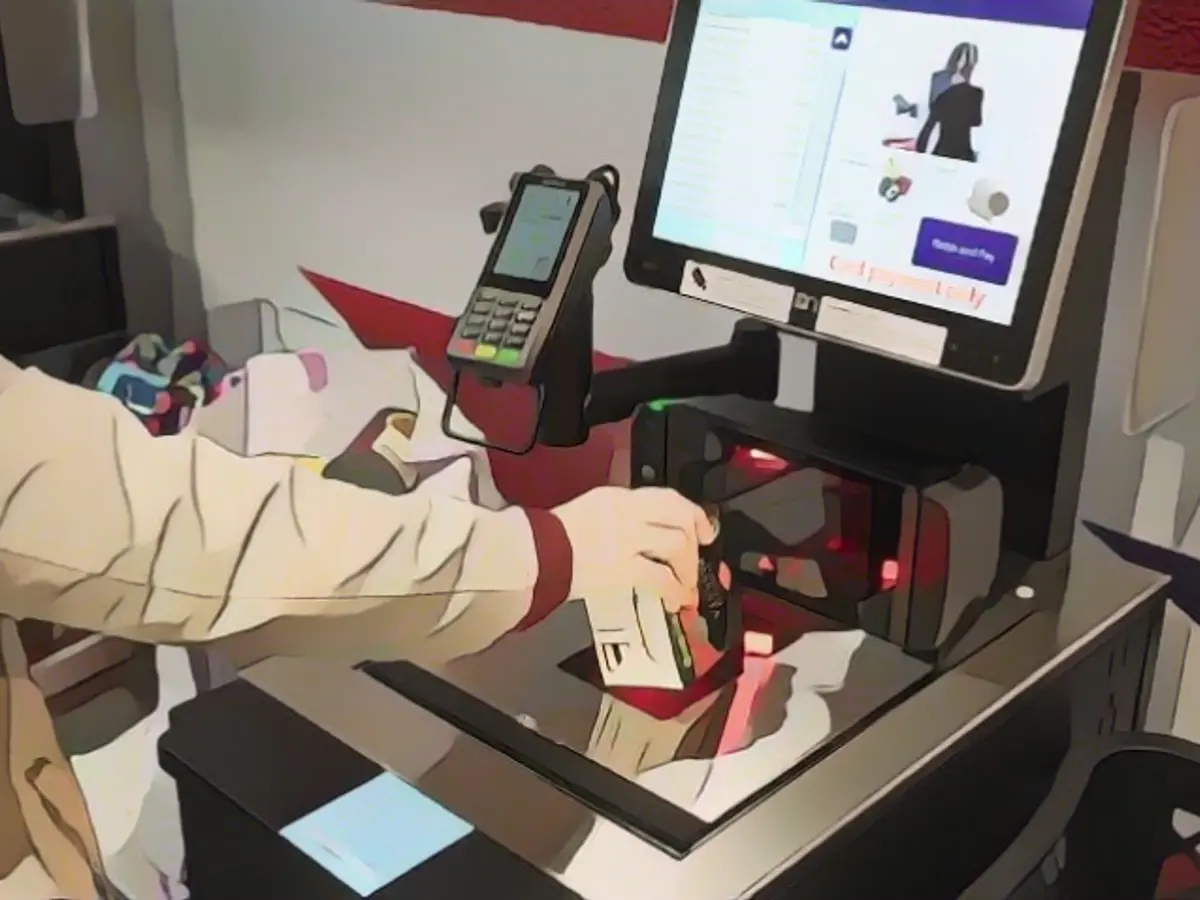Dollar General Ditches Self-Checkouts, Emphasizes Human Interaction
Dollar General CEO Todd Vasos announced during a conference call last Thursday that the company is "leaving self-checkout too much" this year. He suggested using self-checkout as a secondary tool instead of a primary one.
Dollar General has aggressively expanded its self-checkout stations and installed them in more than half of its 19,000 stores. The company is also experimenting with stores that only offer self-checkout and no human cashiers. Like other retailers, Dollar General believes self-checkouts can lower labor costs and speed up checkout lines.
However, Dollar General boasts a substantial workforce and recently redeployed workers to the front of the store to greet customers and call out to them.
Dollar General revised its self-checkout strategy to boost sales and reduce losses (also known as "shrinkage"). Shrinkage includes inventory theft, employee theft, product damage, management errors, online fraud, and other factors.
"It's helpful in the sales area because we have people there who meet customers, greet them, and call them," said Vasos. "It also helps reduce shrinkage because we have people in front of the store who can watch this area anytime."
Shrinkage poses a growing problem for retailers, which attribute the increase to rise in shoplifting and call for stricter legal penalties.
Retailers' self-checkout strategies have exacerbated their shrinkage problems. Retailers may potentially lose more sales with self-checkout machines than with human cashiers, both due to intentional and honest errors.
A study of retailers in the U.S., UK, and other European countries found that companies with self-checkout kiosks and apps reported a loss rate of approximately 4%. This is more than twice the industry average.
Dollar General joins the ranks of retailers abandoning self-checkouts.
British supermarket Booths announced it would eliminate self-checkout machines from almost all of its 28 stores, except for two. Walmart eliminated self-checkout machines from some New Mexico stores at the beginning of the year. ShopRite pulled out of a Delaware store after receiving customer complaints.
Discount toy retailer Five Below announced it would cut back on self-checkout machines and increase the number of manned checkouts at new locations.
Other retailers are tweaking their self-checkout policies.
Target limits self-checkout usage to customers buying 10 items or fewer. Customers purchasing more than 10 items must use the full-service checkouts with human cashiers.
Costco announced it would hire more staff for the self-checkout area after discovering that non-members were using stolen membership cards.
Insights from Enrichment Data:
Retail chains like Dollar General are phasing out self-checkout systems and focusing on human interactions at the checkouts due to several factors:
- Trust and Empathy: By returning the human element to brick-and-mortar stores, Dollar General aims to restore trust and empathy in the shopping experience. This approach helps in reducing shrinkage, which is a significant concern for retailers.
- Shrinkage Reduction: Human checkouts are often more effective in preventing theft. The perception that stealing is easier at self-checkout systems has led to a decline in their use. For instance, a survey by LendingTree in 2023 found that 69% of shoppers believe stealing is easier at self-checkout.
- Customer Satisfaction: Human interactions can enhance customer satisfaction and loyalty. When staffed appropriately, human checkouts can provide better service quality, leading to increased customer satisfaction and loyalty.
- Operational Efficiency: While self-checkout systems can reduce labor costs, they often require significant investment and maintenance. By focusing on human checkouts, retailers can allocate more resources to other innovative technologies and customer-centric strategies.
- Competitive Strategy: Dollar General’s CEO, Todd Vasos, has emphasized the use of self-checkout as a secondary checkout vehicle, not a primary one. This strategic decision likely aims to differentiate the store from competitors and maintain a competitive edge in the market.
In conclusion, the shift towards human checkouts is a strategic move to enhance customer trust, reduce shrinkage, and improve operational efficiency, while also allowing for more focused investment in other retail technologies and customer experiences.








